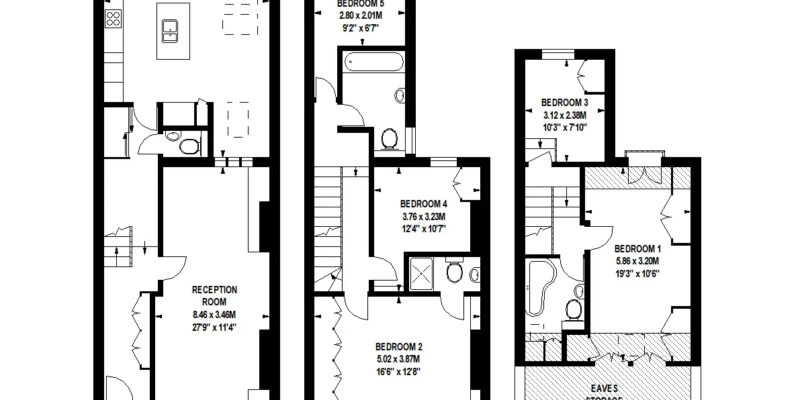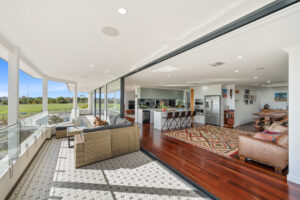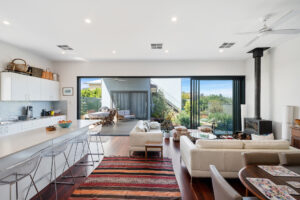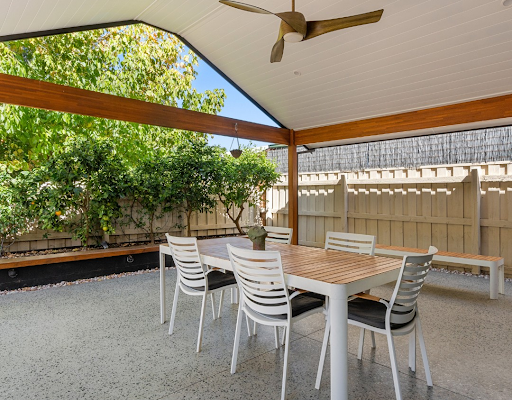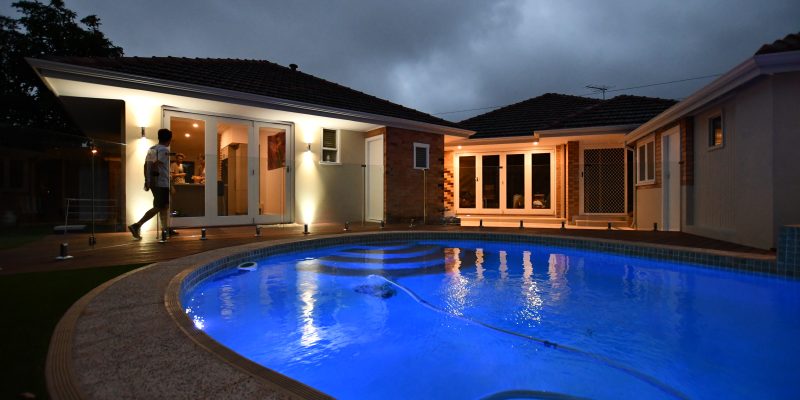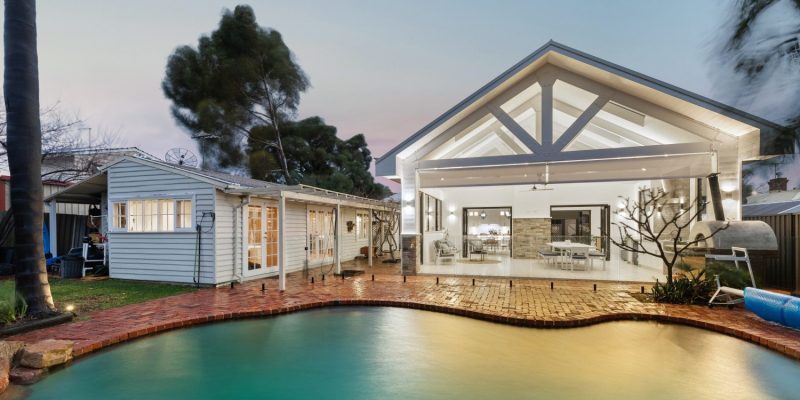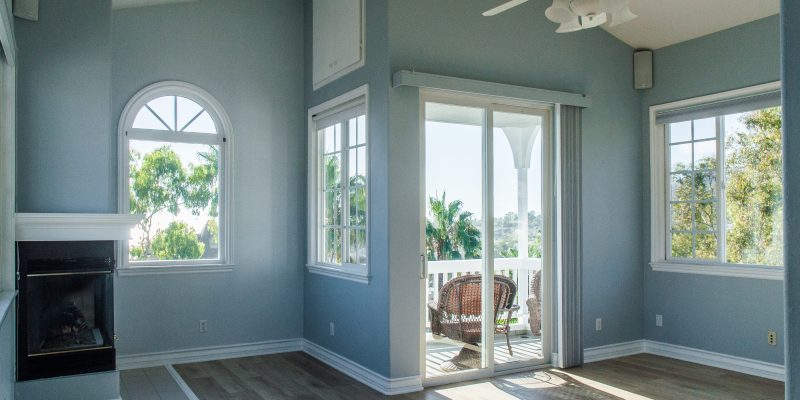Some homes have “wow factor” spaces that look impressive at first glance – formal lounges, wide hallways, or sprawling layouts. But in reality, these spaces are often unused or underused. They take up valuable square metres, make everyday living awkward, and sometimes end up as storage zones or ‘dead space’.
If you’re renovating an existing home, recognising these 5 common floor plan mistakes is key. Addressing them early ensures your renovation dollars are well spent to create a home that will actually work for the way you live.
Here are five floor plan pitfalls to watch out for, and what to do instead.
1. The formal front lounge that nobody uses
Pain point: That formal room near the front door might look great, but in practice it’s often rarely used. It might be dark, tucked away, be a storage space, or simply be too formal for everyday life. It’s taking up space that could be better used.
How to make it work: Open it into your main living area or repurpose it for a space you’ll actually use – a study, playroom, or maybe even a big new bedroom? Make every square metre count – functional spaces always beat rooms that “look nice.
2. Hallways that steal space and money
Pain point: Oversized corridors can feel luxurious, but they can waste space and energy. You’re paying to cool, heat and clean areas no one ever spends time in.
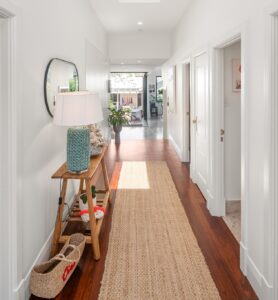 How to make it work: Reclaim the space.
How to make it work: Reclaim the space.
Narrow the hallway and use the extra area for storage, a window seat, another toilet or laundry closet, or an extension of the kitchen.
Even small tweaks to your floor plan can dramatically improve the flow and usability of your home, especially if you want it to feel practical and modern.
3. Kitchens that don’t flow outdoors
Pain point: Many older homes have kitchens that are tucked away from the backyard or alfresco area. Cooking and entertaining can feel like a workout when your kitchen is isolated. Entertaining becomes stressful, not fun.
How to make it work: Create connection. We Aussies love indoor/outdoor living, so consider adding sliding doors (with flyscreens?).
If you don’t already have outdoor dining, shift your dining area closer to the outdoor space. Simple changes like these make food prep, dining, and at-home socialising far more seamless.
4. Bedrooms next to noise
Pain point: Bedrooms next to the TV are not ideal! Having to keep the volume down to get the kids to bed and having interrupted sleep makes life hard.
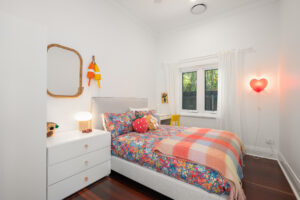 How to make it work: Soundproof walls with clever storage or bookcases, or reconsider bedroom placement if it’s an option.
How to make it work: Soundproof walls with clever storage or bookcases, or reconsider bedroom placement if it’s an option.
Proper zoning creates calm, privacy, and better sleep for everyone.
5. Forgetting how you actually live
Pain point: A floor plan might look good on paper, but if it doesn’t fit your lifestyle, your home can feel awkward and frustrating to live in. You’ll wonder why things never feel “right,” even after spending thousands renovating. Window placement can add to the problem. If windows are locked into awkward spots, they can limit where furniture goes, restrict storage options and stop you from creating the floor plan you actually need.
How to make it work: Think about your routines. Where do you cook, eat, relax, work? Do you entertain outdoors? Consider how natural light moves through your home and how flexible you want each space to be. Good window placement should support your layout, not work against it. Let your renovation work around your life, not just aesthetics. Planning with real-life use in mind saves money, time, stress, and those “why didn’t we think of that?” moments.
A renovation isn’t just about making a house look nice, but about making it work beautifully for how you live in it.
Avoid these floor plan mistakes now, and you’ll save money, time, and a lot of headaches to create a home that feels effortless, practical, and welcoming.
Need renovation help?
We’ve helped hundreds of Perth homeowners turn awkward layouts into homes that truly work for them. If you’re thinking of renovating and want expert guidance to make the most of your space, get in touch!
